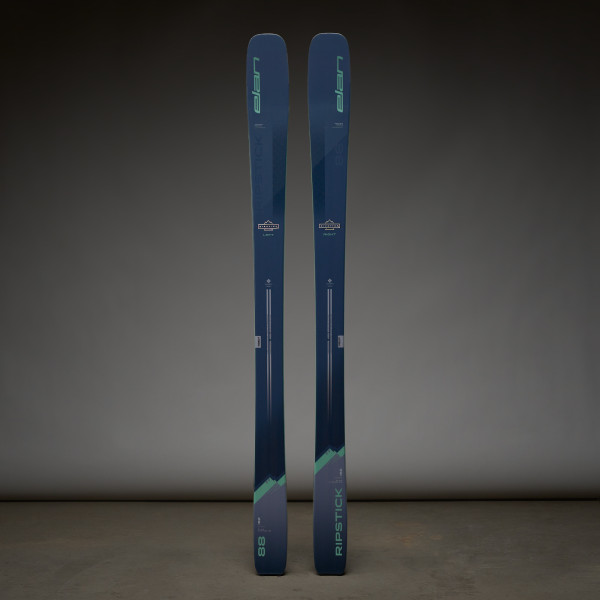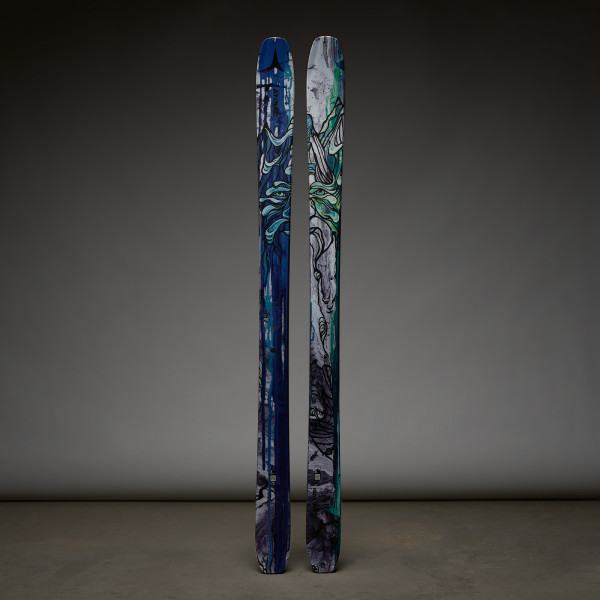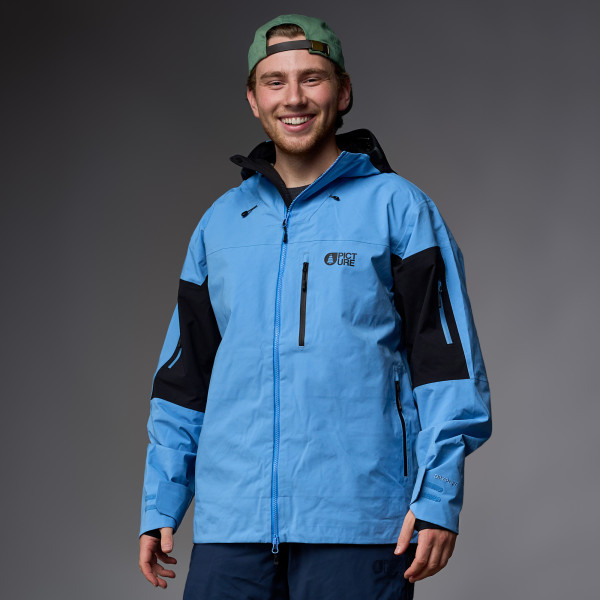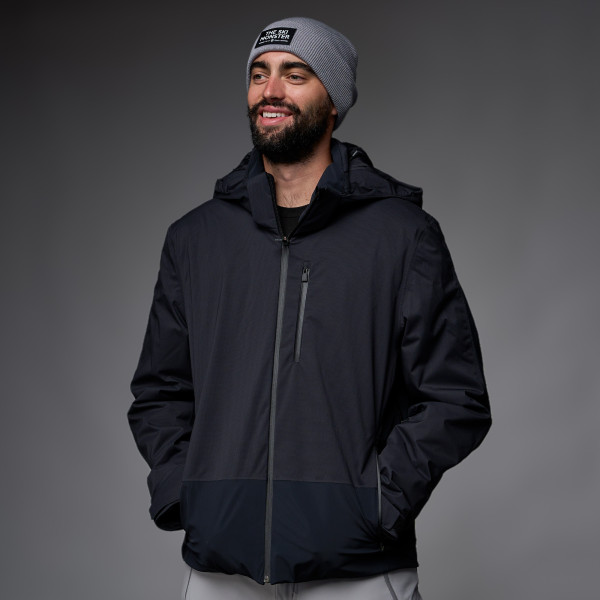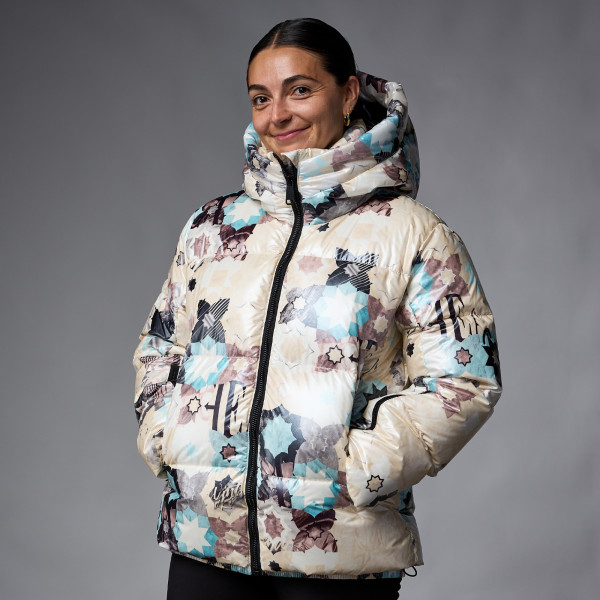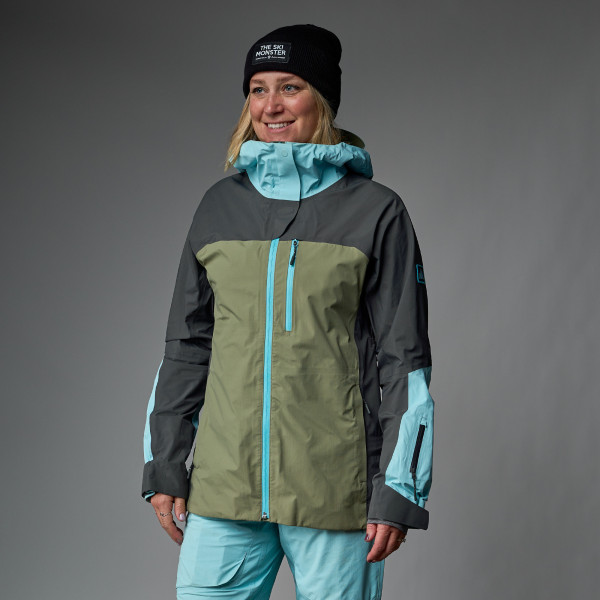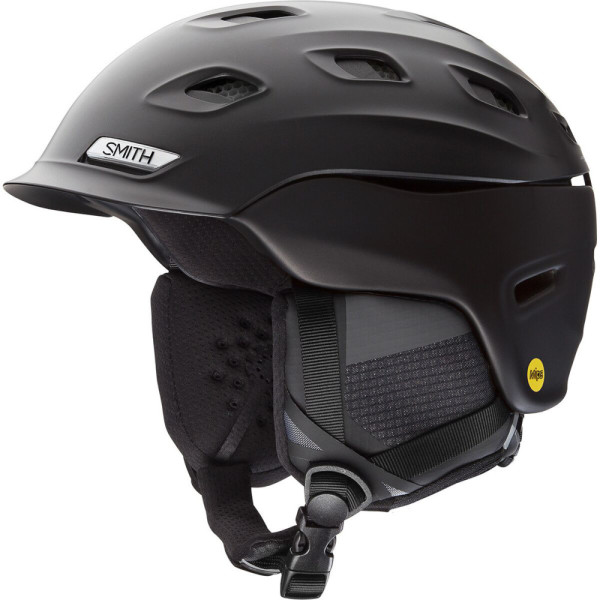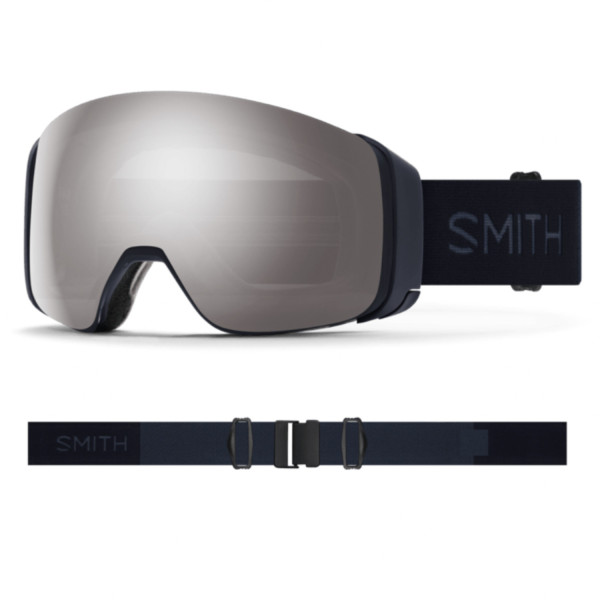Your Shopping Cart
END OF SEASON SALE, ALL 2024 GEAR ON SALE NOW
Hot Items
Shop by Category
Hot Items
Ski & Snowboard Outlets
Sandwiches, Ski Shapes and Mac & Cheese: A Guide to Understanding Skis
Posted June 29, 2020 @ 4:55pm | by Jack Worth
Most people, even most good skiers, don’t really understand how skis work. That’s ok, because this is a blog about something that most people do understand, food. By the end you might have even learned something about skis as well.
One of the toughest and most intimidating aspects of trying to buy, or even just do research on skis online is just the sheer amount of information; and honestly the majority of the information out there is unhelpful at best and flat-out incorrect at worst. So, using some lengthy food metaphors to help us out we’re going to try and sort out some common misconceptions and only give you the information you need. None of the noise, none of the marketing spin, and nothing you don’t want.
SKI SHAPES AND SANDWICHES
Typically, the first thing you’ll find in any ski guide is an explanation about the different shapes of skis. Skis have obviously gotten wider in the last fifteen years, and waist width (how wide the ski is underfoot) is now such an integral part of ski marketing that the width of the ski is almost always included in the name of the ski (ex: Nordica Enforcer 100, Blizzard Black Pearl 88). Waist width is a great first step to give you an idea of what the ski is good for, but there’s SO MUCH more that goes into how a ski is built that will affect how it skis. A Volkl Mantra 102 for example, is a completely different ski for a completely different skier than a K2 Reckoner 102, even though they’re both 102 millimeters wide and would both be labeled as “All-Mountain” or “Freeride” skis.
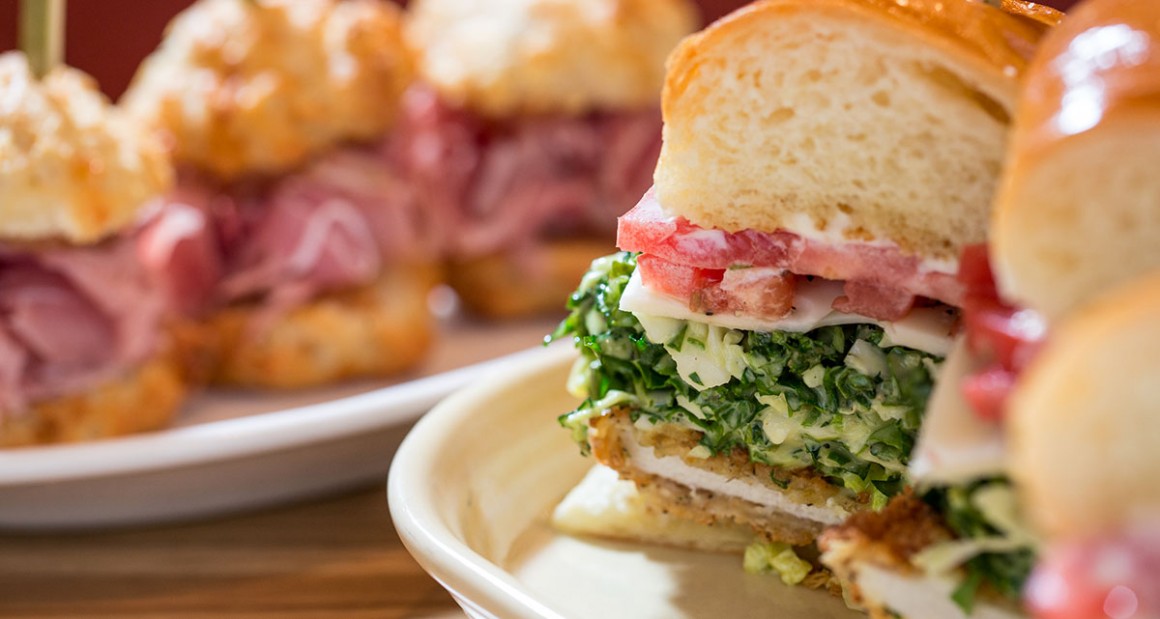
Walking into a ski shop and saying you want a 90-105mm waisted all-mountain ski is like going to get lunch and saying you want a sandwich. Ok, well it’s a start, and we know you’re not going to end up eating a bowl of pasta, but what kind of sandwich are we talking about? Lobster Roll, Meatball Sub, Caesar Wrap, 3-Way Super Beef? You get the idea. Figuring out what kind of sandwich we want and what ingredients are in it is just as important as deciding we want a sandwich instead of pizza. Some people like lettuce and tomato on their burgers, some people hate it, doesn’t mean one is better than the other, just means that different ingredients are going to be better for different people. If you don’t take away anything else from this blog take away this: The ingredients that go into each ski are just as important as the shape of the final product.
So what are the ingredients that go into a ski? Sure width is one factor but lets talk about some others. “Damp” might not be a word you’ve heard people use while describing skis, but as a ski gets more damp, it’s better at absorbing impact and in turn will feel more stable and quiet at high speeds. These are the skis that do better on hard snow and ice because they won’t feel as nervous or chatter-y. When you’re ripping New England corduroy the ski will feel like it grips as oppose to bouncing around. Typically, this is done by adding metal to the ski, although there are plenty of ways different manufacturers achieve this. The trade-off here is that in softer snow and powder they won’t perform as well because they aren’t as responsive or as energetic - the most damp skis will just feel dead and sluggish, like you strapped a couple 2x4 planks to your feet.
The other thing to consider is the performance you want on piste vs. off piste. Regardless of the snow conditions, this deals more with how easily the ski will slide and pivot, being able to make quick turns in tight spaces (off-piste) vs. longer turns that hold confidently when you are on-piste. There’s definitely similarities between these two categories but they’re definitely measuring two different things. Part of the reason the Blizzard Brahma 88 for example is such a popular east-coast ski is because of how well it grips on hardpack, but is also a very confident and maneuverable ski when you aren’t on trail. These aren’t necessarily opposite attributes in skis, despite sometimes being looked at that way.
Anyway, that was a whole lot of jargon about ski construction, lets get back to what the people want and talk a bit more about food.
CATEGORY 1: ALL-MOUNTAIN SKIS AKA MAC & CHEESE
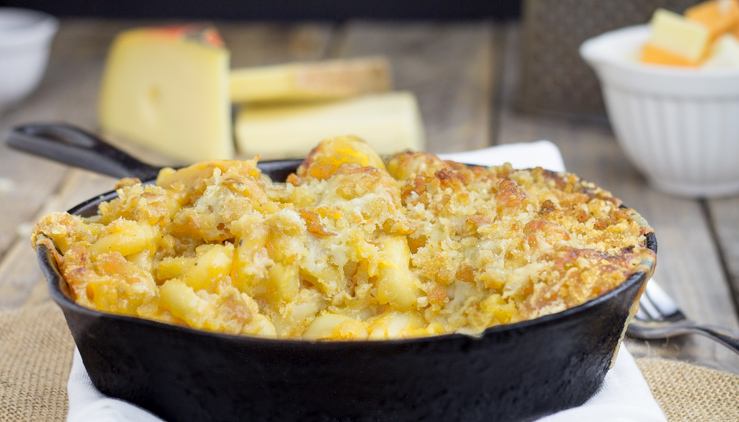
We’re going to start with far-and-away the most popular category of ski, but first we have to set the scene. You walk into a restaurant and right off the bat the vibe, is just that — a vibe. Good music playing well balanced through the entire space, busy but not slammed, low-ish lighting without any signage or TV screens. You sit down, everything on the menu looks good, you can’t decide what you get, so you ask the waiter for a recommendation. Without hesitation, he’s like, “Get the Mac & Cheese, it’s the best thing on the menu, you’re not going to regret it.” You’re a little hesitant, Mac & Cheese feels a little basic especially compared to some of the other stuff on the menu, but the waiter gives off a good vibe so you trust him and get the Mac & Cheese.
He comes back, and no surprise, the presentation is outstanding. It’s served in a 6-inch diameter cast iron skillet that the waiter warns you is hot but you touch the skillet anyway and burn your finger because you’re so excited. You take one bite and it’s the best Mac & Cheese you’ve ever had. I mean, it’s not even close, the noodles are firm, but just a little bit mushy to blend in with the texture of the cheese, there’s three different types of cheeses from three different continents, and the ratio of noodle to cheese is absolutely perfect so when you get to the end of the bowl there’s no soupy bites or leftover cheese. Golden-brown on top with just enough bread crumbs to give some crunch, but the bread crumbs know they’re the supporting actors here, they’re not trying to steal the show. Afterwards, that Mac & Cheese is all you can think about. You don’t want to eat anywhere else, you don’t want to order anything else, you might have honestly gotten the Mac & cheese originally as an appetizer and just cancelled your entrée order so you could get another round. Your friends are so sick of you talking about this place, but you just want them to try some so they can get the same experience, because there’s honestly no way someone could dislike this Mac & Cheese. That’s what a good all-mountain ski is like. It’s not reinventing the wheel, it’s not anything crazy fancy, it’s just the absolute best version of a classic comfort food that you could be happy eating day in and day out.
Category 2: Carving Skis AKA Fine Dining
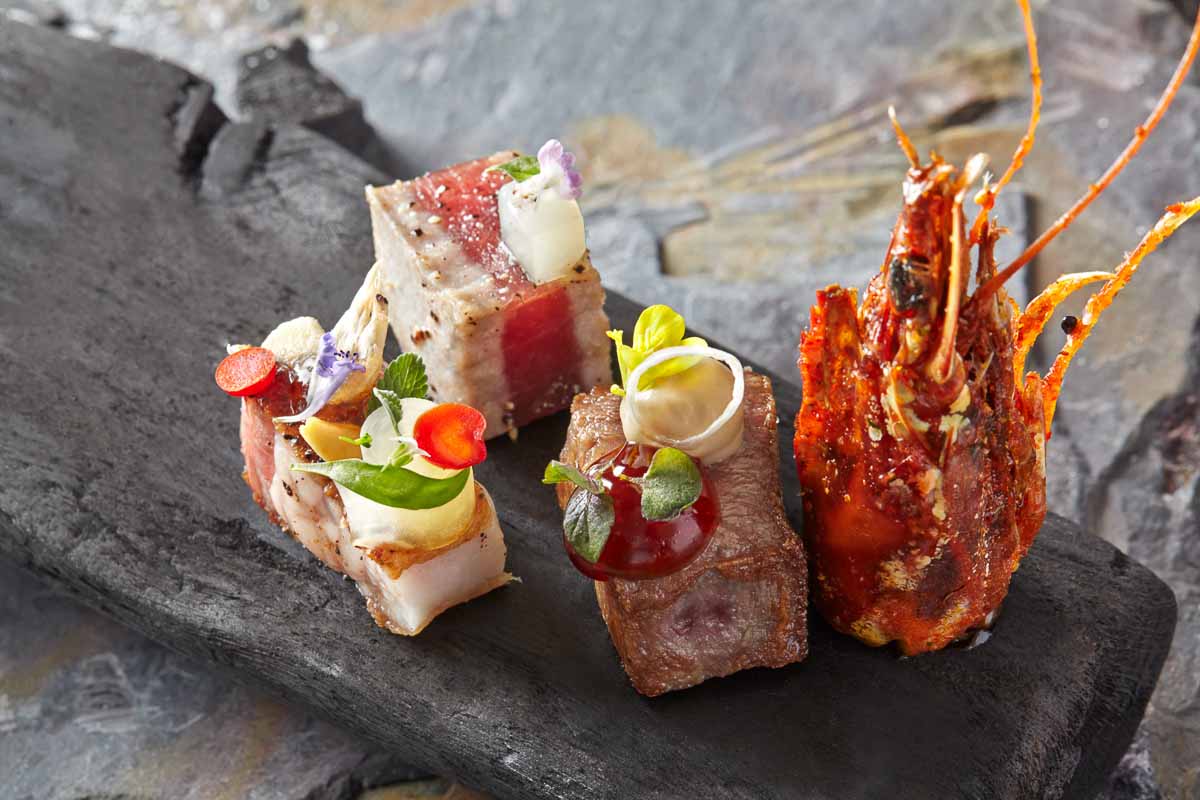
You may or may not have been to an experience like Alinea Chicago, Masa NYC, Atelier Crenn San Francisco, Osteriea Mozza Los Angeles, or Noma Copenhagen that do the unimaginable with dining. Every aspect of the experience is tailored to perfection to stimulate the five senses harmoniously. If you can get a reservation, dress code isn’t just enforced it’s expected, the number of people in your party may be required to be a certain number, You are having what is on the Chef’s Tasting Menu and the wine pairings are perfect. There is no choice in the experience. This is the same concept behind true FIS certified race skis. They’re very much not meant for everybody, it’s objectively a higher quality product strictly from a construction perspective, and the dimensions of the ski (the menu) is predetermined ahead of time so what you get is what you get. Now we’re not going to dive too much into race skis, because that’s not what this is about, but it’s an important thing to understand in order for this next category of skis to make sense, you need to understand how race skis are constructed and that they are very much a different kind of dining experience.
Carving skis are somewhere in-between that experience of that true fine dining experience and our first category of Mac & Cheese. You might be at the same restaurant that you ordered the Mac & Cheese at, but now you’re ordering off of a different part of the menu, and you’re getting food that’s a little more extravagant. Like I said, still at the same restaurant as the Mac & Cheese, but this is the most upscale entrée on the menu. Similarly to the fine dining experience, it’s not made to be a food that everybody will like, it’s made to be a food that will blow away somebody that has an appreciation for precision and the chase of perfection. If you have a little more of an experienced palette and you know that the flavor you’re looking for is a ski that can absolutely rip hardpack and really explode out of a turn: the carving ski is objectively just a better dish than the Mac & Cheese. It won’t be as versatile, it might not be something you want to eat everyday (it still could be if that’s the only kind of food you like), but at the end of the day it can make a certain type of skier that wants that feeling to feel like they’re eating at Guy Savoy in Paris.
Category 3: Touring Skis - The Crunchiest Granola
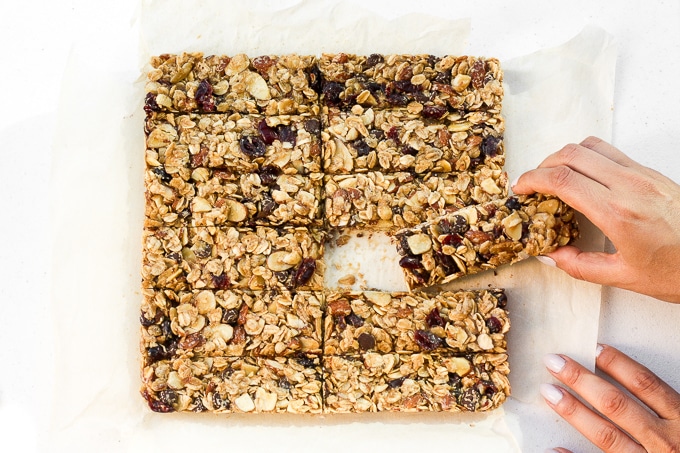
Now we turn our attention to the category of skis that everybody wants, or at least think they want, in 2020. It might be tempting to say that the touring ski is the new trendy restaurant in the up-and-coming neighborhood but the more accurate comparison is that all-mountain skis are Mac & Cheese and carving skis are slightly more high-end dining, and touring skis are like a Cliff Bar that you grab to eat on the go. It’s going to give you all the nutrients you need, which is pretty impressive because it’s so small and portable, but you’re not getting the taste or the experience that you would’ve gotten if you had sat down for a full meal.
Everyone wants a lightweight ski right now, and if you’re touring there’s an obvious reason for that: the lighter the ski, the easier it’s going to be to hike up. What brands don’t want to admit is that as you make skis lighter you sacrifice performance because you’re removing some of the materials that make a ski fun to actually ski on. Bread crumbs don’t add anything to nutritional value of Mac & Cheese, so why are they on there? So it’ll taste better. Touring skis are not about tasting good, they’re about being as functional as possible so you can have a good time from all the other non-skiing aspects of the sport. That might sound strange but it’s the same reason that people eat granola bars. They might not taste amazing, but because they’re easy to carry, loaded with nutrition and in a small package, you can go out and do other fun active stuff that you probably wouldn’t want to do after you’ve eaten 3 pounds of noodles and cheese. It’s the difference between eating to live and living to eat.
Now if all you care about is the uphill performance and okay with a ski that doesn’t feel particularly solid on the downhill, get a touring ski, but as alpine touring as become more and more popular there are plenty of skis designed to be crossover skis that can both hike and ski. These are skis that really are Mac & Cheese, but just made a little bit lighter. Maybe they held the bacon bits, or they used reduced fat cheese, basically these are dishes that still taste delicious, but you won’t be left unbuttoning your jeans after the meal. For myself personally, and for the majority of people who are entering the alpine touring world, if you want a ski that you can tour with, but is still fun on the downhill, and you can still take out to the resort these are the skis you should be looking at. Sure, they won’t be quite as light as if you just snagged a bar and ate on the go, but they taste so much better.
Category 4: Powder Skis - Creamy Alfredo Sauce
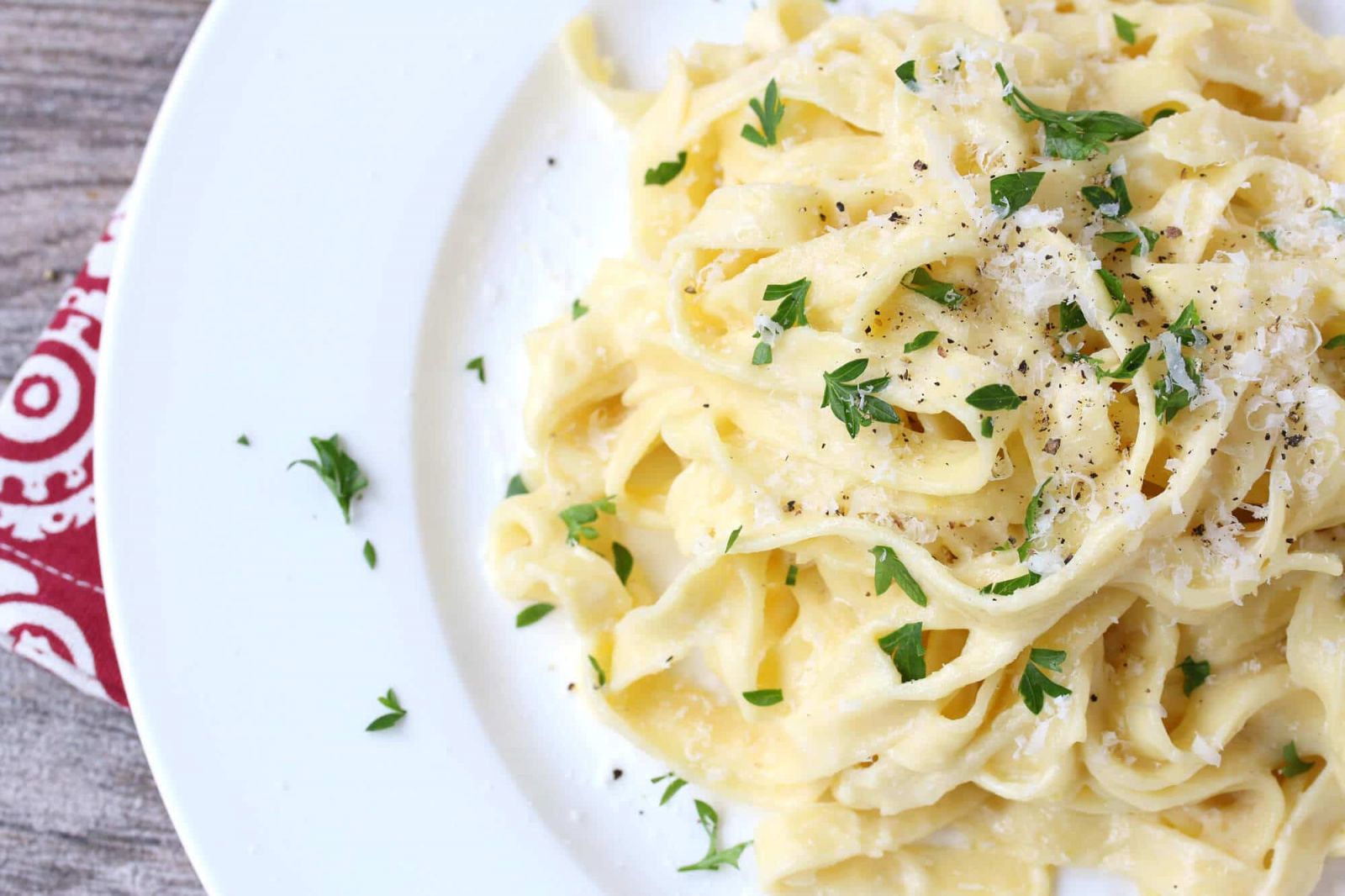
Our final category in our very broad groupings of skis and food is the unambiguously named “Powder Ski.” For how straightforward this category should be: powder skis = skis for powder, this might actually be the most misunderstood category of skis. The problem with how we define Powder Skis starts with the fact that it’s a category that’s pretty much entirely based on the width of the ski and nothing else. Oh, it’s 116mm underfoot —> powder ski. However, like we talked about earlier, width is just one of many different factors that effect how a ski feels and what it does. Like with sandwiches and all-mountain skis, saying that any ski over a certain width is a powder ski is like saying that all dishes with noodles in it are the same thing. You can have Pad Thai or you can have Spaghetti Carbonara, yeah technically they both have noodles, but those are two entirely different foods.
So what is a real powder ski? True powder skis are almost like a really thick, heavy pasta dish, think Fettuccini Alfredo. Yes, a real powder ski will be wide, but it’ll also have a ton of rocker, and a surfy, solid feel. It won’t be the lightest or the most nimble ski, but in theory that’s not what it’s being used for. Just like all of the other categories, as you move further to the extreme end, there will be more of a trade-off. If you want a ski that was really built for powder, it will be awesome in pow and it won’t really do anything else well. If you’re going to own one pair of skis, these aren’t it; you wouldn’t want to only eat Fettuccini Alfredo for the rest of your life. If you are going to own one pair of skis and want something wide, there are still skis in the same width that are more versatile and will still ski powder well, but if we’re adding skis to a quiver and looking for strictly pow performance, that Alfredo Sauce will hit different on those days where you’re absolutely starving.
Category 5: Rental Skis - Manager’s Special
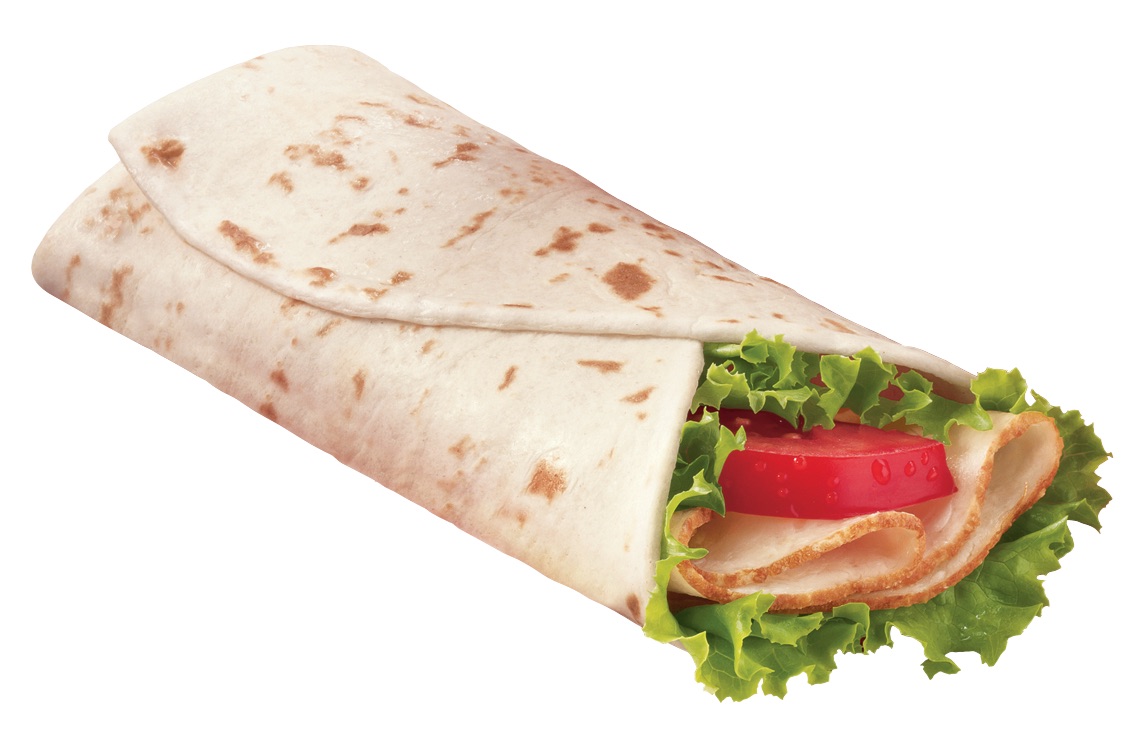
Finally, you might be asking, what’s even the point and going out to eat in the first place? This brings us to our final category of food/ski: the rental ski. There’s not a direct metaphor here because you can’t really opt to “rent” food instead of buy food, but what you really need to know about rental skis vs. the skis that you’d find on a ski wall in a retail store is that if each individual type of ski is a type of food, rental skis are food in the most liberal use of the word, technically they’re edible, but they’re not actually food. All of those ingredients that we’ve talked about that make foods taste different, or make skis feel different are absent in rental skis because there really are no ingredients. It’s basically like a wrap that’s just a plain tortilla and a couple thin slices of Manager’s Special Ham. If you’re starving and you eat it, you’ll live, but it’s pretty much devoid of all taste or nutritional value.
So why is that the case? Well, when rental skis are made they need to be two things: cheap and durable. Those two things don’t typically go together, things that are made cheaply are typically more prone to breaking, so the way to get around that is just by not putting anything in there that could possibly break. Switching metaphors for a second, it’s like why your 2003 Nokia cell phone could survive anything, while your iPhone feels relatively fragile by comparison, there was nothing to the Nokia so there was very little that could go wrong. If we go back to thinking about skis as sandwiches, if you cut a ski in half it would look a lot like cutting a sandwich in half, you’d see all the different layers stacked on top of each other. The reason I compare a rental to ski to an empty wrap is because if you cut a rental ski in half there really wouldn’t be anything in there. There’s a top sheet (the bread) and a foam core and that’s about it.
So if you’re still on the fence about continuing to rent skis vs. buying skis, I would just recommend re-reading that paragraph again when you’re hungry and then decide if you want to eat an empty, days-old wrap for every meal for the rest of your life.
TAKING A LOOK INTO THE KITCHEN
Regardless of what you end up eating, whether it’s Mac & Cheese, lobster, or a filet, what all of these foods/skis have in common is that they were all made in the kitchens of the best restaurants, by the best chefs, and with the best ingredients. Yes, the Rossignol Kitchen is going to be different compared to the Fischer Kitchen which is different from the Elan Kitchen, but at the end of the day these are all 5-Star Restaurants. None of them will talk about this, because it runs against their marketing stories, but this is why the skis of most smaller independent ski brands are actually built by the bigger manufacturers. Black Crows is a good example of this, their whole marketing story is all about Chamonix, but Black Crows skis are actually built by Atomic and Elan in Austria and Slovenia, respectively. That’s just one example, and Black Crows isn’t the only one, the majority of smaller brands do the same thing. The cost of building and maintaining a high quality ski factory is astronomically high, the machines that you’d find building and finishing skis in one of these factories isn’t exactly the type of kitchen equipment you can get at Crate & Barrel.
So what about the smaller brands that do build their own skis? This is a fair question because it seems like there are more and more companies who go out of their way to market their skis as being “custom” or “hand-made” in a small factory in [insert local ski town here]. So not to throw unnecessary shade at any of these smaller manufacturers, but the truth is that strictly from a ski quality perspective the product just isn’t the same. Just because you went to the grocery store and are having people over for a dinner party doesn’t mean that you’re a professional chef. At the end of the day that’s the difference. You might even be a pretty decent cook who can make one or two really good meals when you feel like it, but the major ski manufacturers have entire menus of a wide range of foods that have been carefully curated by an expert chef. Your buddy might throw a decent dinner party, but there isn’t a comparison when it comes to the actual dining experience.
Trying to find skis on the internet, especially if you don’t know what you’re looking for, is like being downtown in a major city and just typing “Takeout” into Yelp. There’s going to be so much noise and an overwhelming amount of results with no good way to distinguish the good ones from the bad ones. From your perspective as a consumer just knowing a little bit about what you want to get out of your ski will go such a long way. And a good brick-and-mortar ski shop will be the difference between the waiter who, when you ask for a recommendation, just says, “Oh, everything is good” and the waiter who takes the time to ask what foods you like and then makes a dope recommendation.
Nobody else on the internet is going to admit this, but the perfect ski doesn’t exist. That’s okay. There are going to be skis that are absolutely amazing at one thing but can’t do anything else, there are going to be skis that absolutely hit the spot in every category but don’t do any one particular thing incredibly well, and there are going to be A LOT of skis somewhere in the middle. Think about the foods you already like, think about the places you like to go out to eat, and if all else fails just order the Mac & Cheese, it’s fire.

